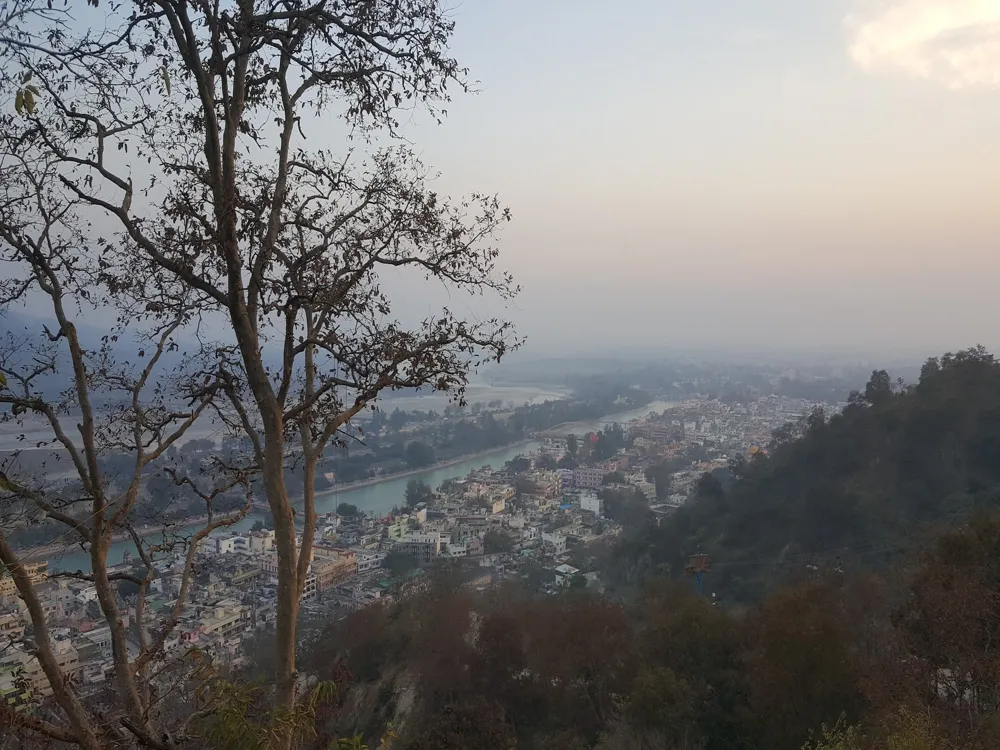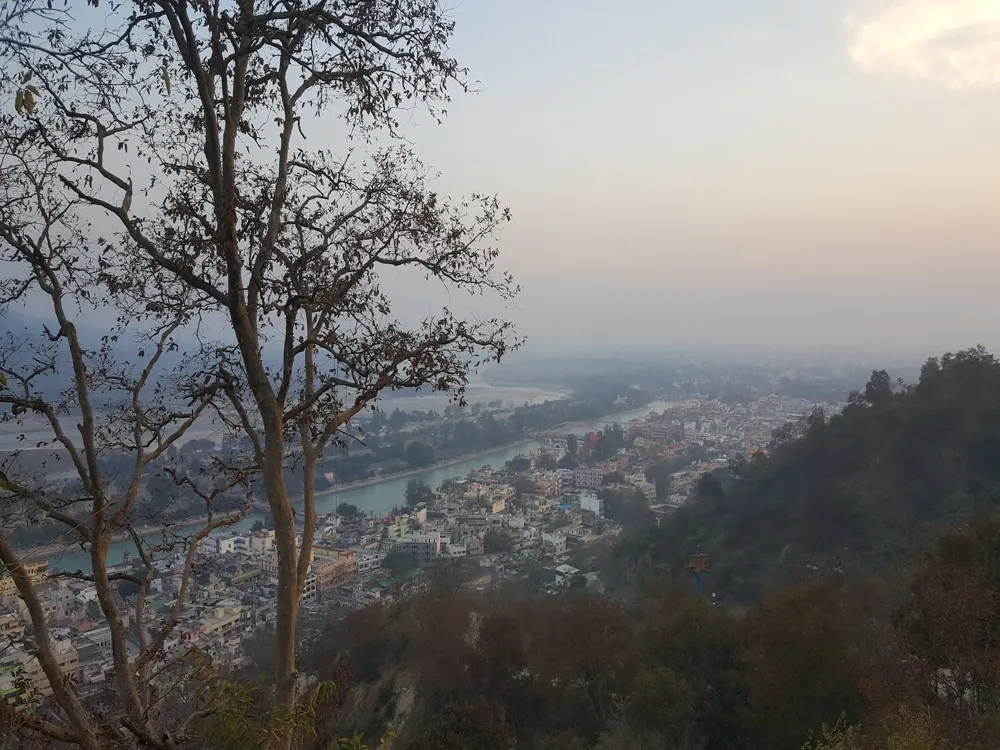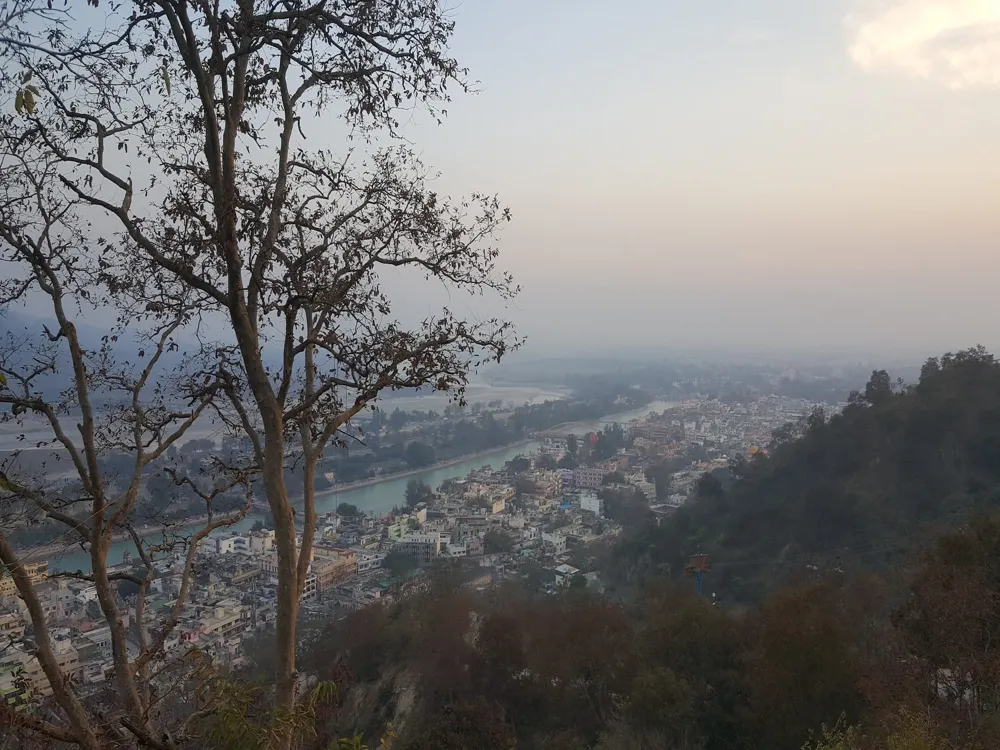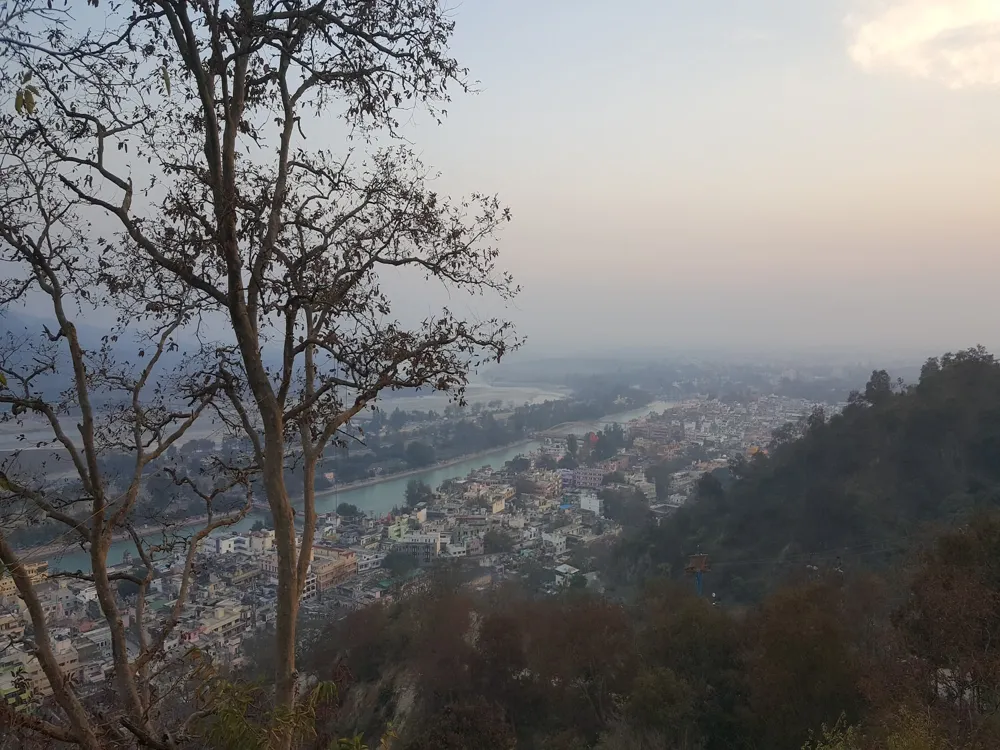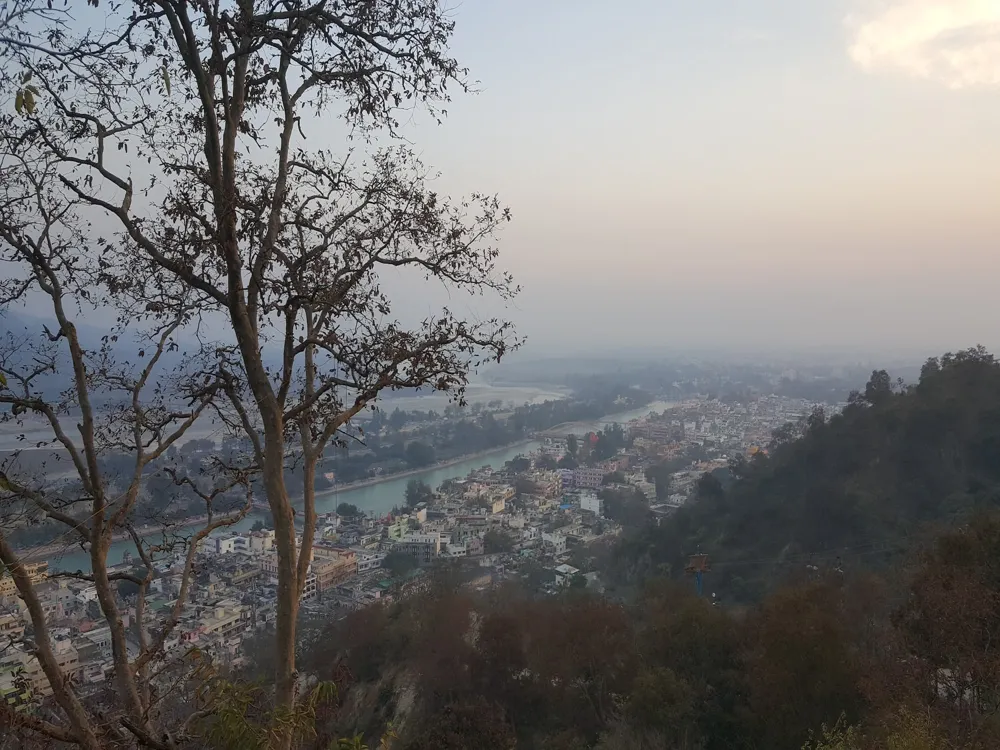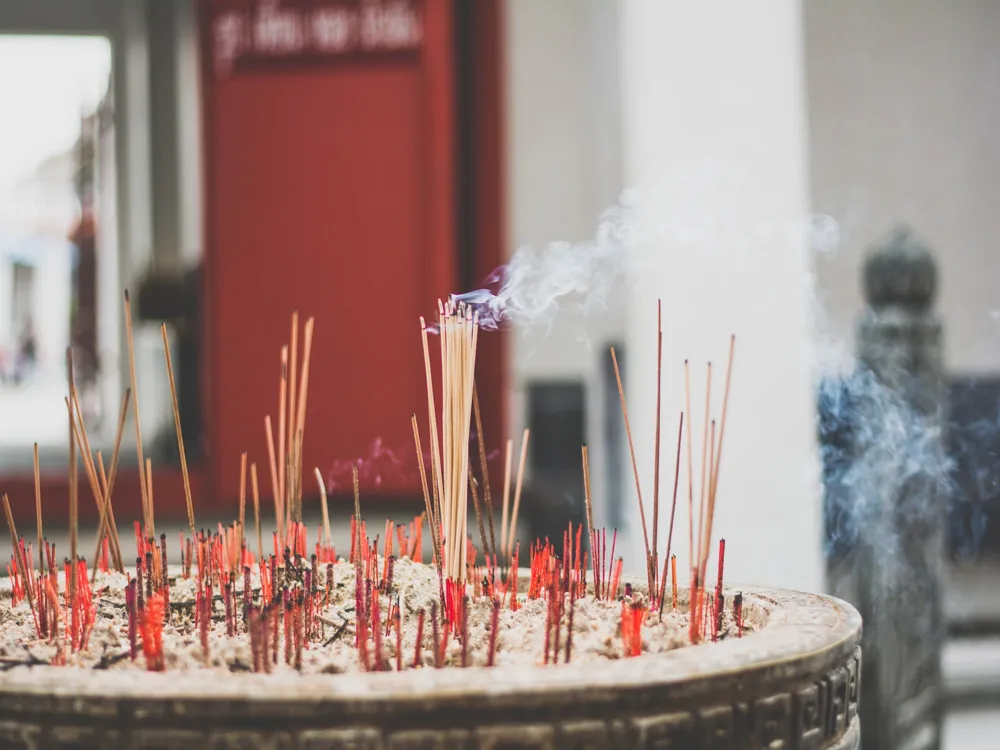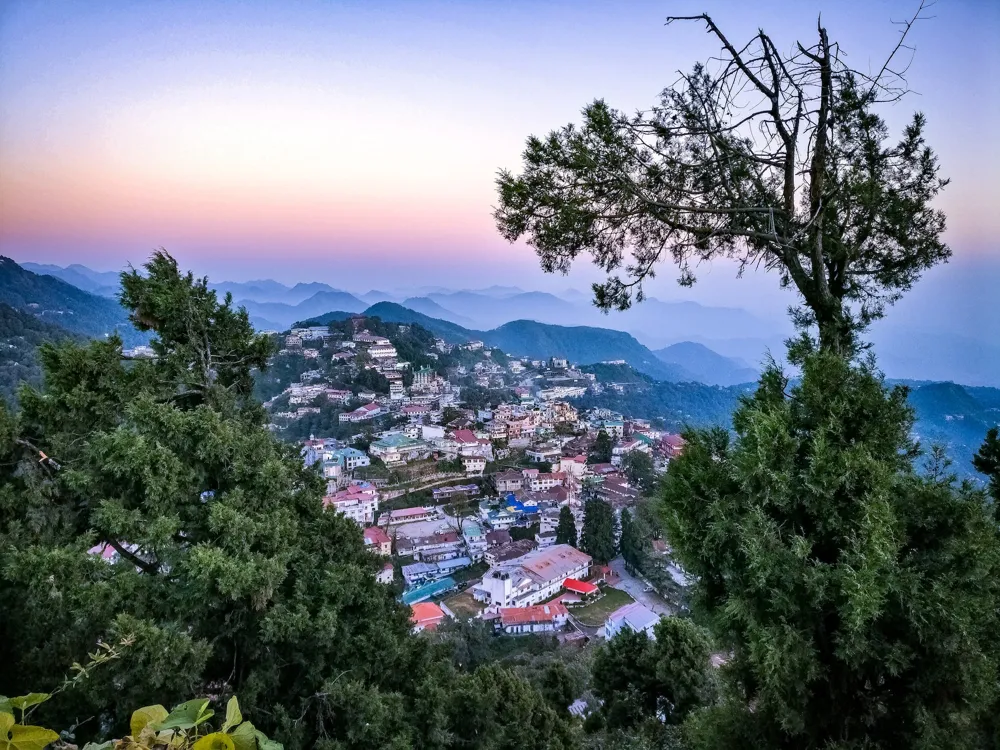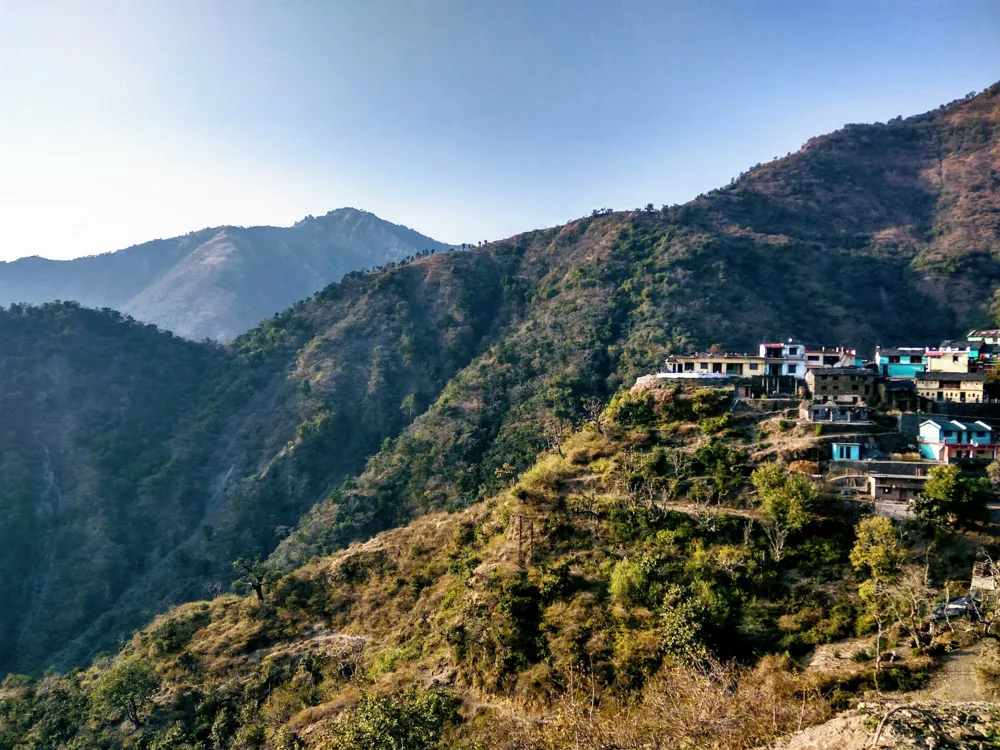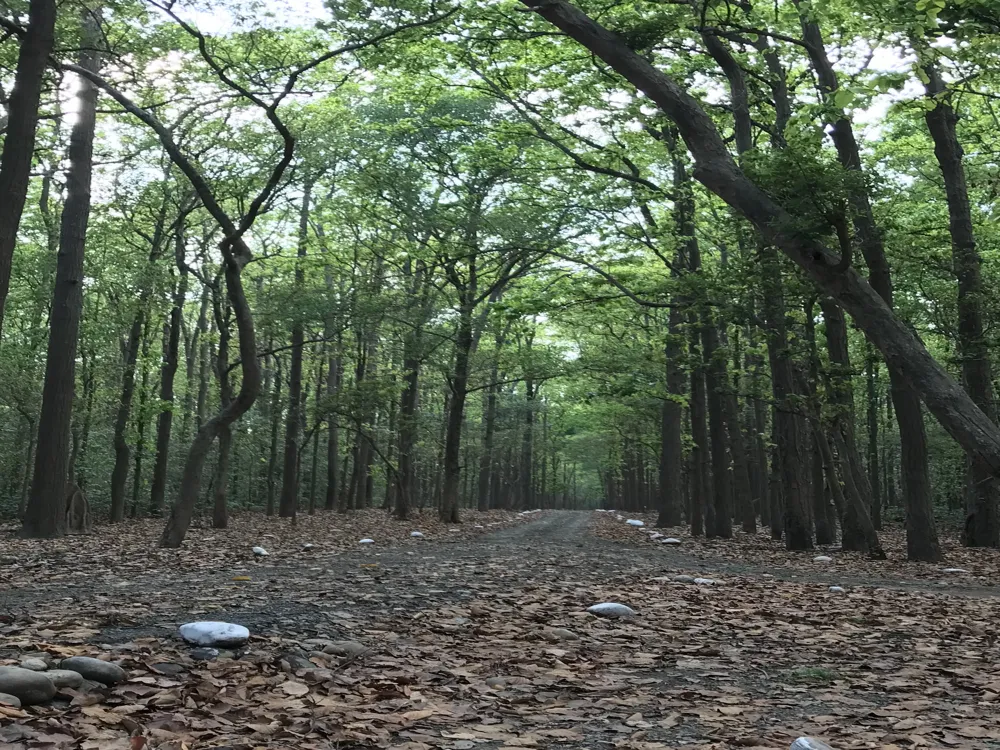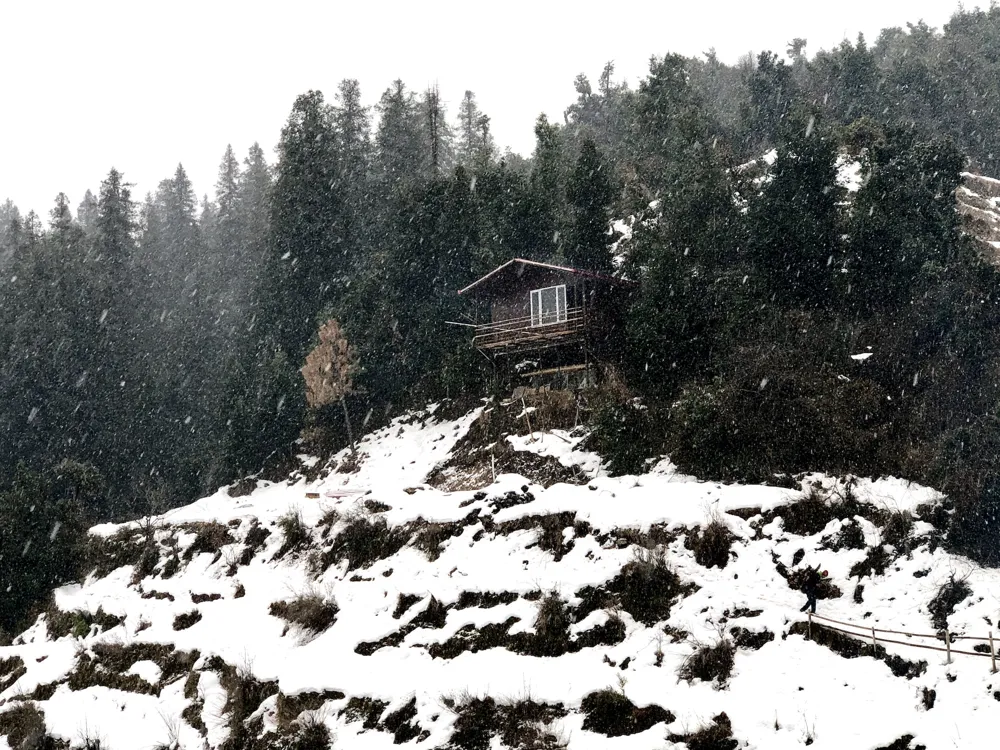Haridwar, a revered city in Uttarakhand, India, is an epitome of spiritual ethos and cultural vibrance. Nestled along the holy banks of the River Ganges, it is one of the seven holiest places in Hinduism. Historically, Haridwar has been a melting pot of culture and spirituality, attracting pilgrims and seekers from across the world. This ancient city, mentioned in various scriptures and epics, offers a mystical blend of nature and devotion, with the majestic Himalayas as its backdrop.
The city's name, Haridwar, translates to 'Gateway to Lord Vishnu' and is believed to be the spot where the divine nectar fell from the celestial Kumbh. This event is commemorated every twelve years with the grand Kumbh Mela, drawing millions of devotees. The Ganges, considered the most sacred river in Hinduism, flows through Haridwar, adding to its sanctity. As the sun sets, the ghats of Haridwar light up with the glow of countless diyas during the Ganga Aarti, an ethereal experience where the air resonates with chants and hymns.
Haridwar is not just a spiritual haven; it's a blend of history, culture, and nature. The city is surrounded by lush green forests and is home to diverse flora and fauna. The Rajaji National Park, a nearby attraction, offers a glimpse into the region's wildlife. The city also serves as a gateway to other prominent spiritual destinations in Uttarakhand, including Rishikesh, Badrinath, and Kedarnath.
The streets of Haridwar are lined with markets offering religious paraphernalia, handicrafts, and a variety of local delicacies. The city is a testament to the enduring legacy of Hinduism and its timeless traditions. For travelers seeking spiritual solace, cultural richness, and a connection with nature, Haridwar presents an unmatched experience.
The architecture of Haridwar is a mesmerizing amalgamation of ancient and modern styles, reflecting the city's rich historical and spiritual legacy. Temples in Haridwar exhibit a variety of architectural styles, ranging from ancient to contemporary, each telling a story of spiritual significance and artistic grandeur.
The most iconic structure in Haridwar is undoubtedly the Har Ki Pauri, a revered ghat which is believed to be the exit point of the holy Ganges from the mountains. The ghat, with its large steps leading to the river, is an architectural marvel and the center of spiritual activity in the city. The evening Ganga Aarti at Har Ki Pauri is a spectacle of light and sound, where the architecture of the ghat plays a pivotal role in amplifying the spiritual experience.
Another architectural wonder is the Mansa Devi Temple, perched atop the Bilwa Parvat. The temple offers a panoramic view of Haridwar, its intricate design and structure blending seamlessly with the natural surroundings. The cable car ride to the temple adds a modern touch to the pilgrimage experience.
The Chandi Devi Temple, situated on the Neel Parvat, is another example of Haridwar's unique architectural blend. This ancient temple, connected by a ropeway, stands as a testament to the city's enduring spiritual and architectural heritage. The blend of rock structures and traditional temple architecture provides a captivating glimpse into Haridwar's past.
Temples like the Daksha Mahadev Temple and Maya Devi Temple showcase the classic North Indian temple architecture, with towering spires, intricate carvings, and sacred sanctums. The architectural landscape of Haridwar is dotted with ashrams, each with its unique design, often reflecting the philosophy of the sect or guru it represents.
The modern architecture in Haridwar, while less prominent, complements its ancient counterpart. The city's infrastructure, bridges, and roads are designed to handle the massive influx of pilgrims, especially during festivals like the Kumbh Mela. This blend of old and new, sacred and mundane, makes the architecture of Haridwar a fascinating subject for both devotees and architecture enthusiasts alike.
The ideal time to visit Haridwar is from October to April, when the weather is pleasant. Avoid the monsoon months due to heavy rainfall and potential flooding. Haridwar is a sacred city. Dress modestly, especially when visiting temples. Refrain from consuming alcohol or non-vegetarian food within the city limits. Always drink bottled or filtered water. Be cautious while bathing in the Ganges, as the currents can be strong. Keep your belongings safe and beware of pickpockets in crowded areas. Book your accommodation in advance, especially during festivals. Options range from budget ashrams to luxury hotels. Local transport includes buses, autos, and rickshaws. Visit the ghats early in the morning for a serene experience. Explore local markets for handicrafts and souvenirs. Try local vegetarian delicacies.
Haridwar is well-connected by road, rail, and air. The nearest airport is the Jolly Grant Airport in Dehradun, about 35 kilometers away. Regular flights connect Dehradun with major cities across India. From the airport, taxis and buses are available to reach Haridwar.
For train travelers, Haridwar Junction is a major railway station with numerous trains from different parts of the country. The city's road network is well-developed, with state and national highways connecting Haridwar to other cities in Uttarakhand and neighboring states. Buses, both government and private, operate regularly to and from Haridwar.
For those preferring a more scenic route, driving to Haridwar offers breathtaking views of the Himalayan foothills. The journey by road is an experience in itself, with well-maintained roads providing a comfortable travel experience.
Overview of Haridwar, Uttarakhand
Architecture of Haridwar
Tips When Visiting Haridwar
Best Time to Visit
Respecting Local Customs
Safety and Health Precautions
Accommodation and Travel
Exploring the City
How To Reach Haridwar
Doodhadhari Barfani Temple
Haridwar
Uttarakhand
NaN onwards
View haridwar Packages
Weather :
Tags : Temple
Time Required : 1-2 hrs
Planning a Trip? Ask Your Question
Haridwar Travel Packages
View All Packages For Haridwar
Top Hotel Collections for Haridwar

Private Pool

Luxury Hotels

5-Star Hotels

Pet Friendly
Top Hotels Near Haridwar
Other Top Ranking Places In Haridwar
View All Places To Visit In haridwar
View haridwar Packages
Weather :
Tags : Temple
Time Required : 1-2 hrs
Planning a Trip? Ask Your Question
Haridwar Travel Packages
View All Packages For Haridwar
Top Hotel Collections for Haridwar

Private Pool

Luxury Hotels

5-Star Hotels

Pet Friendly







